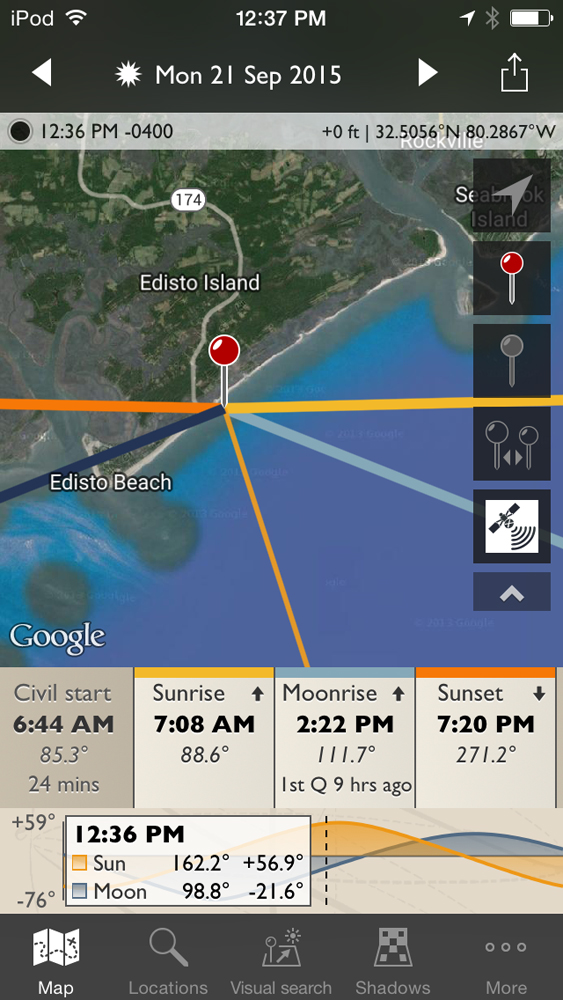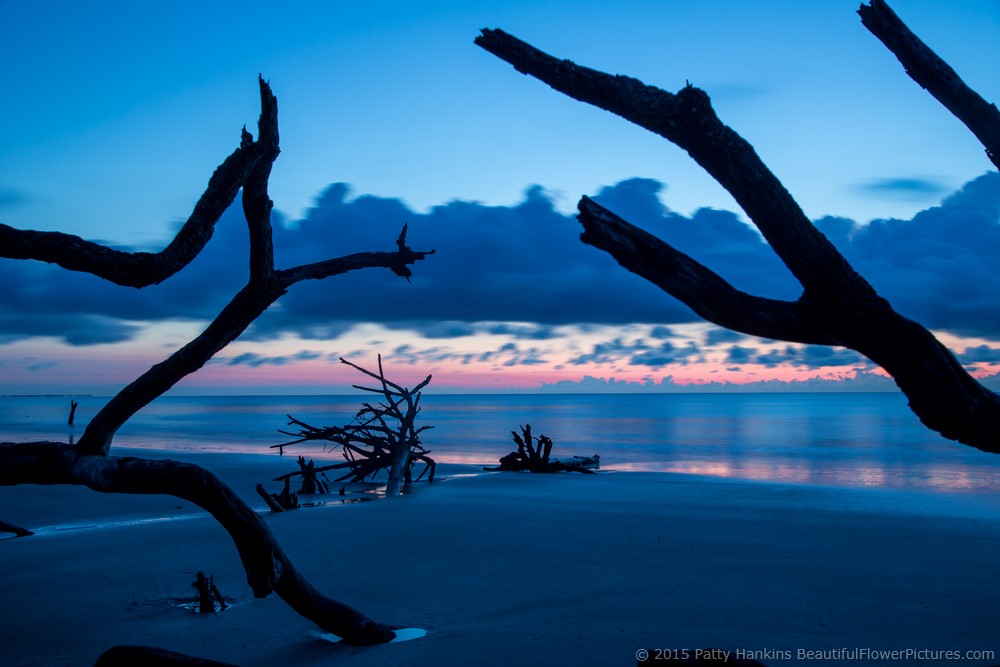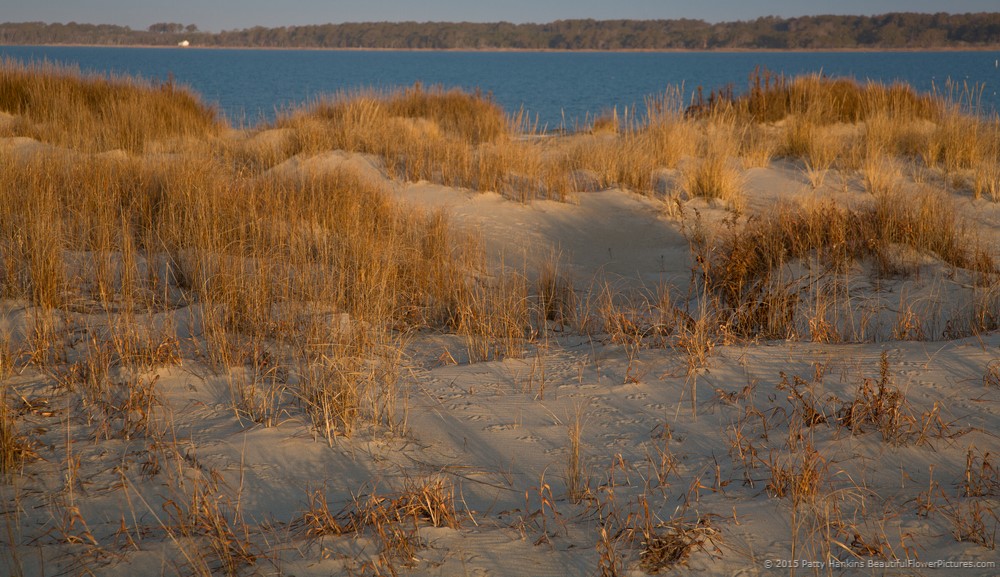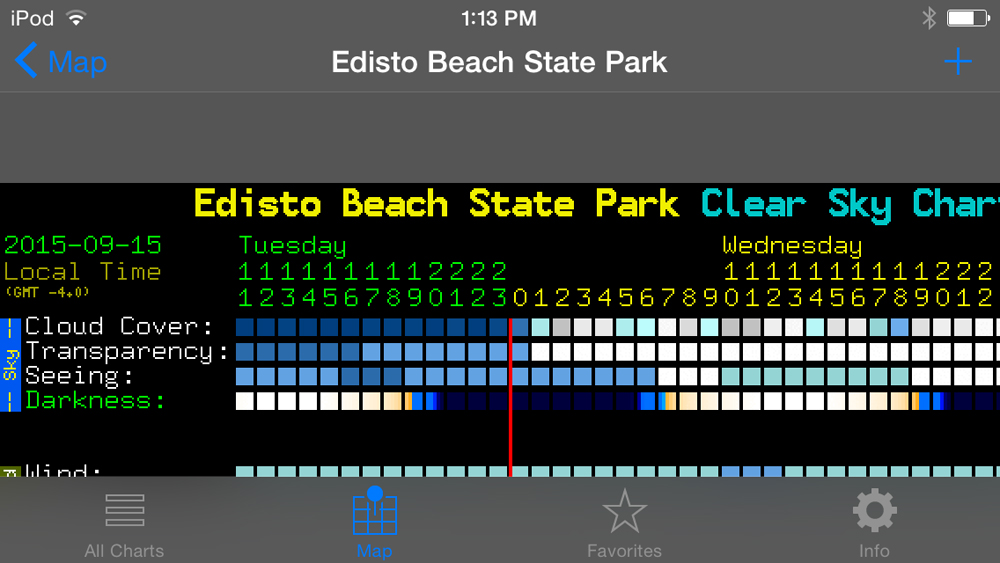One of the best things about being a photographer is that I get to spend time in nature in beautiful places. I get to see and photograph sunrises and sunsets, mountain views, running water and all sorts of flowers. People always say – you’re so lucky you get to see these sights – and I am. But what many people don’t realize is how much work goes into making sure I’m in the right spot at the right time to capture the photographs that I do.
After I shared my article last month on planning a photo trip (a friend asked how do I specifically plan a sunrise shoot – espeically if it’s somewhere you haven’t been before. After thinking about it – I came up with my Five Tips for Planning a Sunrise Shoot.

First thing I do when I’m planning on photographing a sunrise is to see what information I can find on the web about the location I’m going to be visiting. So I’ll do a quick check on google for “photography guide” and the location. I’ll also check Google Images and Pinterest for “sunrise” and the location. This usually gives me a good idea on what other photographers have found to photograph there – and what sorts of spots I should be looking for.
The next thing I do is figure out exactly when and where the sun will be coming up. There are any number of great apps available to help photographers plan their shoots. Photopills and the Photographers Ephemeris provide very detailed information about when/where you can find the sun, and the moon for almost every location on the planet. Here’s the information from The Photographer’s Ephemeris for one of the locations I’m looking at for next week – Edisto Island, South Carolina. Sunrise will be at 7:08 AM and it will be coming up at 88.6°. I’ll actually want to get there about 30-45 minutes before sunrise – so I can capture the soft dawn light.

Scouting the location in person before the day I’m planning on photographing sunrise is probably the most important action I take. I’ll drive out to the location and start walking around – looking for interesting objects to put in my photograph such as driftwood on a beach or a stand of trees I’m like to include in my photo. I’ll pull out my compass and see where these objects are in relation to where the sun is coming up. And then once I’ve found a location (or even better – two locations) I’ll mark them in my GPS so I can find that same spot in the dark.
On my spring trip to South Carolina I planned on photographing a sunrise from Hunting Island State Park. From everything I’d seen – some of the best locations were at the southern end of the park. When I went out scouting – I discovered that my prefered locations were about a mile down a trail from a parking lot. Since I was going to be out alone – I knew I needed an alternate location. The combination a mile-long dark trail with tree roots and rocks to walk around – and me carrying a backpack full of camera gear and my tripod is a recipe for disaster. Chances are I’d end up tripping over a tree root in the dark and end up in an ER rather than photographing sunrise.
So I kept looking – and found a small beach with some downed trees and driftwood – just north of the lighthouse. The spot was not far from the parking lot – with a clear path down to the beach. This is one of the photos I took that morning.

Sunrise at Hunting Island State Park © 2015 Patty Hankins
When I’m out scouting, I not only look for the spot I’m going to be photographing the sunrise, I also look for a nearby location where I can take advantage of the golden morning light. Once the sun has crossed the horizon – often the best light is 180° away from the sun. Here’s one of the photos I took at Assateague National Seashore in February after photographing the sun coming up over the Atlantic Ocean.

Morning Light on the Dunes at Assateague National Seashore © 2015 Patty Hankins
Once I’m back home or at my hotel, I make sure to get all my gear together and in one place so I can grab it and head out the door rather than having to look all over the place for it early in the morning. I make sure I have fully charged batteries and extra SD cards. I’ll set my camera to the settings I usually use for sunrise – aperture priority, ISO 100 and f11. I check to make sure my tripod plate is securely attached and that everything is working on my tripod. I’ll also attach a small flashlight to my pack so I can find it in the dark.
Finally, I do one last check of predicted conditions to make sure I’m as prepared as I can be. I check the weather forecast for the location I’m photographing (rather than where I am) especially if I’m planning on photographing from a higher location than where my hotel is. I only had to photograph sunrise once from Clingman’s Dome in the smokies in a tshirt in 45° temperatures before I learned that lesson. It was at least 20 degrees warmer in town so I didn’t bother to toss a jacket in the care. In addition to the weather forecast, I check the cloud cover forecast. I use the iCSC: Clear Sky Chart Viewer to see what the cloud cover is likely to be. Sky charts are designed to help astronomers figure out what they are likely to be able to see through their telescopes. Photographers use them to get an idea of likely cloud cover for various shoots. Here’s what the cloud cover was predicted to be earlier this week at Edisto Beach.

With a little planning, it’s much easier to be in the right place at the right time to photograph sunrise. Then all you need is a little cooperation from Mother Nature and you’ll have wonderful sunrise photographs to share with your friends and family.

Great info. Lots of work goes into spectacular photography.
Thanks Cindy 🙂